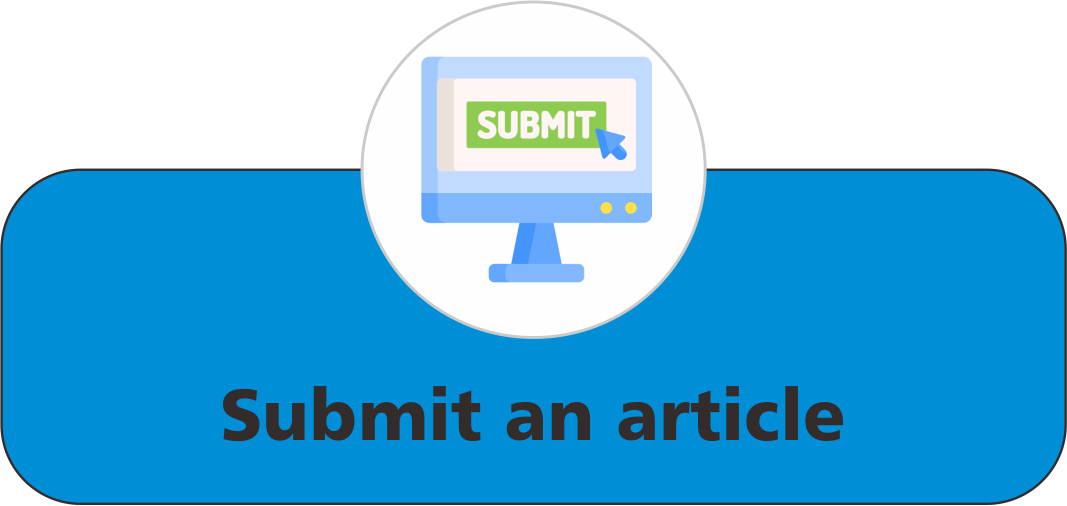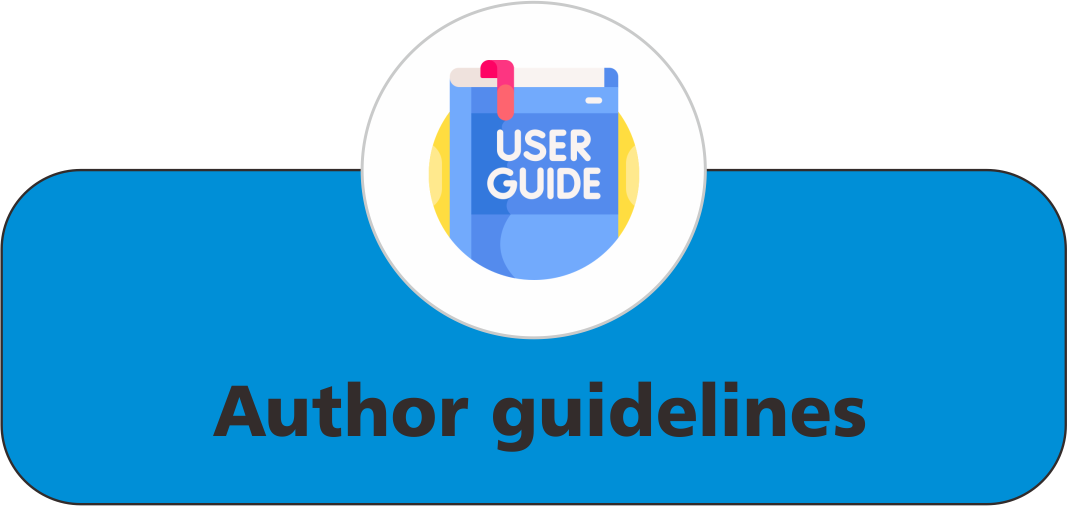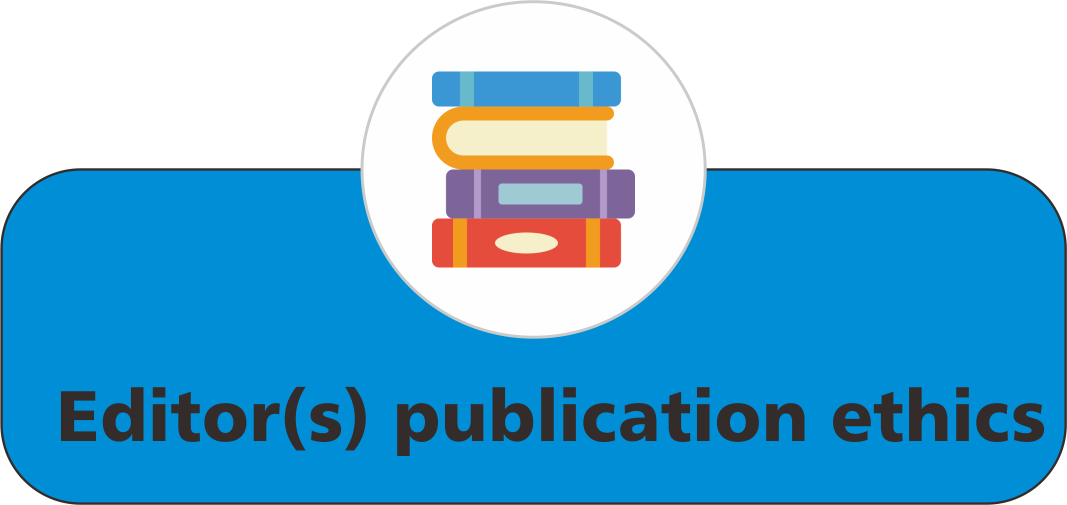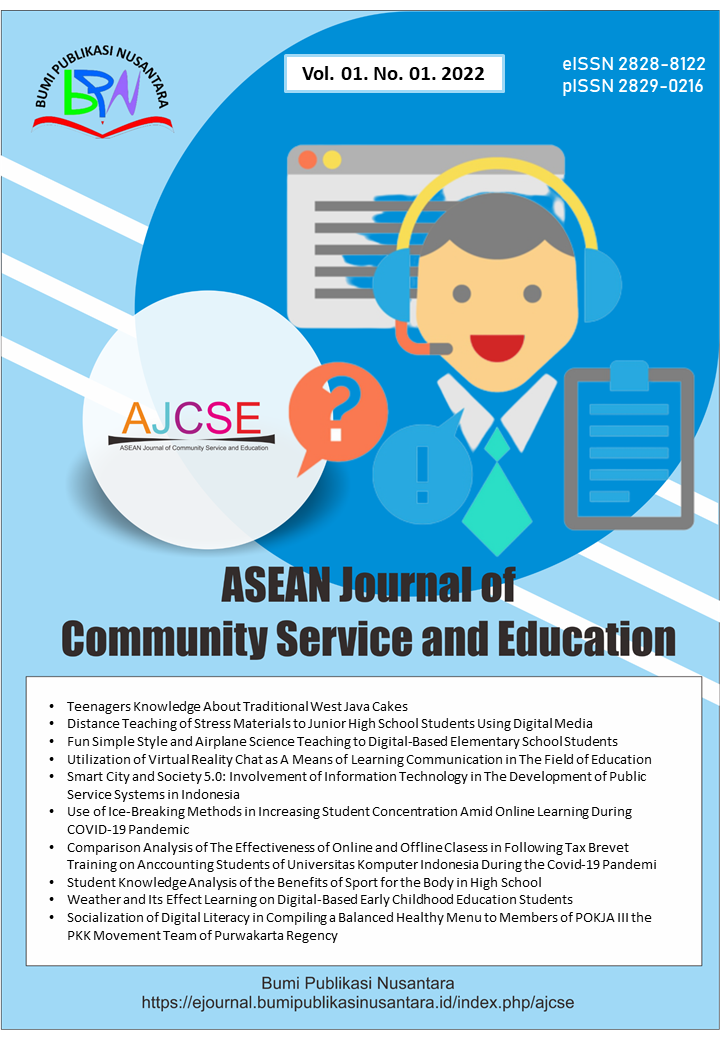Community Service as a Strategy for Indigenous Language Revitalization in Bangladesh
 ),
),
(1) Nizam Uddin Ahmed Model College
 Corresponding Author
Corresponding Author
Abstract
Keywords
References
Awal, A. (2019). Indigenous languages in Bangladesh: A sociolinguistic study. International Journal of Applied Research, 5(9), 318-325.
Beg, T. H., Khan, S., Afrina, T., Hossain, M. S., and Zayed, N. M. (2020). Socio-economic instance of ethnic group in Bangladesh: A case study of Dhaka City. International Journal of Accounting and Finance Review, 5(2), 32-39.
Bhuiyan, A. A. M. (2016). Indigenous languages in Bangladesh: Loopholes behind the scene. Indigenous Policy Journal, 27(3), 1-17.
Chakma, U., and Sultana, S. (2024). Colonial governmentality and Bangladeshis in the anthropocene: Loss of language, land, knowledge, and identity of the Chakma in the ecology of the Chittagong Hill tracts in Bangladesh. Ethnicities, 24(4), 560-580.
Chiatoh, B. A. A. (2014). The Cameroonian experience in mother tongue education planning: The community response framework. Current Issues in Language Planning, 15(4), 376-392.
De Varennes, F., and Kuzborska, E. (2016). Language, rights and opportunities: The role of language in the inclusion and exclusion of Indigenous peoples. International Journal on Minority and Group Rights, 23(3), 281-305.
Faruk, M. O., and Rosenbaum, S. (2022). The mental health consequences of indigenous language loss. The Lancet Psychiatry, 9(10), e46.
Freire, J. A., Delavan, M. G., and Valdez, V. E. (2022). Grassroots resistance and activism to one-size-fits-all and separate-but-equal policies by 90: 10 dual language schools en comunidades latinas. International Journal of Bilingual Education and Bilingualism, 25(6), 2124-2141.
Groff, C. (2017). Language and language-in-education planning in multilingual India: A minoritized language perspective. Language Policy, 16, 135-164.
Haque, M. S., Al Mamun, S. A., and Anis, M. A. R. (2018). The present situation of minority languages in Bangladesh: A new hope. Journal of Science and Technology, 8(1), 137-142.
Hasan, N., Bao, Y., and Miah, S. J. (2022). Exploring the impact of ICT usage among indigenous people and their quality of life: Operationalizing sen’s capability approach. Information Technology for Development, 28(2), 230-250.
Islam, M. M. (2020). Humanistic values of indigenous languages in Bangladesh. Journal of Education and Culture, 1(1), 2.
Kingston, L. N., and Seibert Hanson, A. E. (2022). Marginalized and misunderstood: How anti-Rohingya language policies fuel genocide. Human Rights Review, 23(2), 289-303.
Marma, M. K. S., and Yesmin, S. (2024). Chances, challenges, and changes: Reimaging tertiary academia from Indigenous eye-view. Diaspora, Indigenous, and Minority Education, 1-16.
Rahman, S. A. (2023). Extinction of indigenous language in Bangladesh. International Journal of Research and Innovation in Social Science, 7(4), 347-355.
Reza, F., and Ullah, M. (2023). Preserving and promoting indigenous languages of ethnic minorities in Bangladesh: A strategic planning framework. Prithvi Academic Journal, 6, 120-135.
Sakata, H., and Prideaux, B. (2013). An alternative approach to community-based ecotourism: A bottom-up locally initiated non-monetised project in Papua New Guinea. Journal of Sustainable Tourism, 21(6), 880-899.
Sultana, S. (2023). Indigenous ethnic languages in Bangladesh: Paradoxes of the multilingual ecology. Ethnicities, 23(5), 680-705.
Tollefson, J. W., and Tsui, A. B. (2014). Language diversity and language policy in educational access and equity. Review of Research in Education, 38(1), 189-214.
Uddin, M. E. (2017). Disparity in family status attainment between the majority and minority ethnic groups in Bangladesh. International Journal of Social Economics, 44(4), 530-546.
Article Metrics
Abstract View : 414 times
: 414 times Download : 460 times
Download : 460 times
Refbacks
- There are currently no refbacks.
Copyright (c) 2025 Bumi Publikasi Nusantara

This work is licensed under a Creative Commons Attribution-ShareAlike 4.0 International License.







